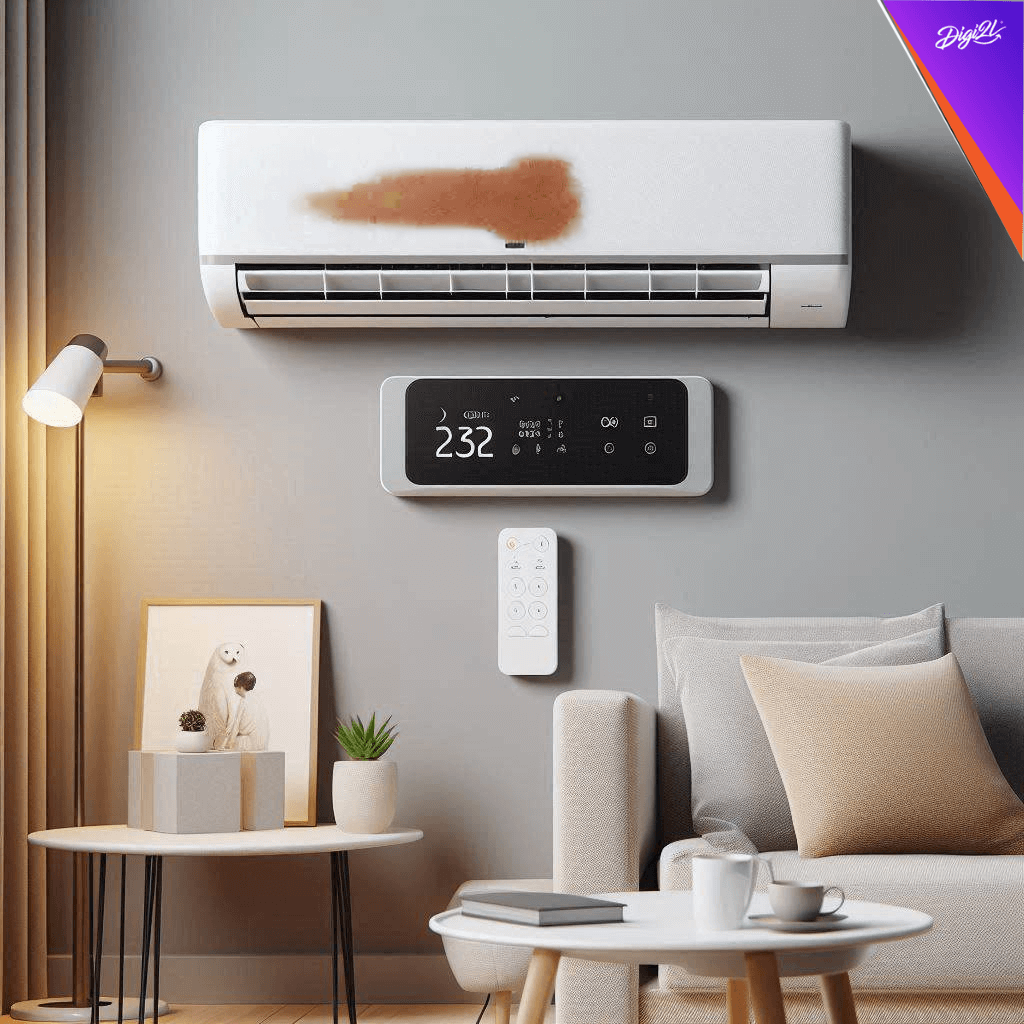
Please Wait ...


Blogs> Choosing the Perfect Freezer: Exploring the Frost-Free vs. Auto Defrost Dilemma

Freezers play a crucial role in preserving our food and keeping it fresh for extended periods. When shopping for a freezer, you may come across different types, including frost-free and auto defrost models. Understanding the differences between these two options can help you make an informed decision based on your specific needs. In this blog, we will explore the characteristics, benefits, and considerations of frost-free and auto defrost freezers.
Frost-free freezers, as the name suggests, are designed to prevent frost buildup. Here’s what you need to know about them:
How they work: Frost-free freezers have a built-in mechanism that circulates air to eliminate excess moisture. This process helps prevent frost formation, eliminating the need for manual defrosting.
Benefits: The main advantage of frost-free freezers is convenience. With no frost build-up, you don’t have to worry about defrosting the freezer periodically. These models also provide consistent temperature distribution, ensuring optimal food preservation.
Considerations: Frost-free freezers tend to be more expensive than their auto-defrost counterparts. They may also consume slightly more energy due to the continuous operation of the defrosting mechanism.
Auto defrost freezers take a different approach to managing frost buildup. Let’s explore their features:
How they work: Auto defrost freezers use a timed cycle to periodically heat the cooling coils and melt any frost that has formed. The water from the melted frost is drained out of the freezer, maintaining a frost-free environment.
Benefits: Auto defrost freezers are typically more affordable compared to frost-free models. They also consume slightly less energy since the defrosting cycle is not continuous.
Considerations: Auto defrost freezers require occasional manual cleaning of the drain and drip pan to prevent blockages and ensure efficient operation. The defrosting process may cause a temporary rise in temperature inside the freezer, which can slightly affect the quality of stored food.
When deciding between a frost-free and auto-defrost freezer, consider the following factors:
Frequency of use: If you frequently store and access food, a frost-free freezer provides convenience and ensures minimal maintenance.
Budget: If you have budget constraints, an auto-defrost freezer can be a cost-effective option.
Energy consumption: If energy efficiency is a priority, compare the energy ratings of different models to find one that suits your requirements.
Available space: Consider the size and capacity of the freezer, ensuring it fits well in your available space.
Understanding the differences between frost-free and auto-defrost freezers is essential in selecting the right appliance for your needs. Frost-free freezers offer convenience with their automatic frost prevention, while auto-defrost models are budget-friendly and require occasional manual maintenance. Consider your usage patterns, budget, energy efficiency, and available space to make an informed decision. Whether you opt for a frost-free or auto-defrost freezer, both can effectively preserve your food and keep it fresh for longer durations.
Image by brgfx on Freepik

By Digi2L - June 8, 2024

By Digi2L - June 7, 2024

By Digi2L - June 6, 2024